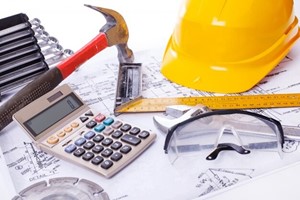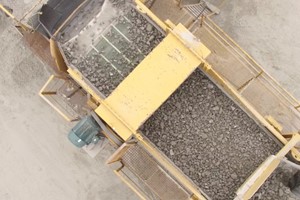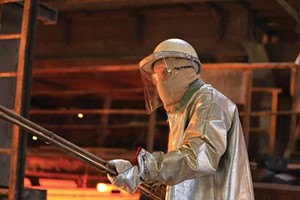Blockchain has made its existence in the market for a few decades now. But its usage surged in recent years with people becoming more aware of its uses and features. Blockchain has a fascinating history in which it achieved its goal by launching cryptocurrency.
The fundamental functions of blockchain are to act like a digital ledger that verifies, conducts and keeps a record of digital transactions. It is through this source that Bitcoin and a dozen of other cryptocurrencies exist. Cryptocurrencies are digital currencies that fill in the space of physical money in the technology world. Blockchain serves as a source to make cryptocurrencies legitimate and help establish their value in the marketplace of their activity.
In the fast-growing world, Bitcoin and cryptocurrencies are driven to a place where it is becoming an ordinary currency in the digital media. Even though the results are not as good as expected, there are certain easy ways to spend or transfer cryptocurrencies via blockchain transaction. Blockchain-related concepts have the ability to evolve in a short period. So it is wise to learn the importance of investing in the sector. Currently, investing in cryptocurrency is panning out to be more important than actual spending.
Cryptocurrencies are turning to be investments that people buy and sell in the technology world. CFD is a form in which cryptocurrencies could be transacted without the process of direct transaction. Most of the cyrptocurrency transactions to trade different assets in buying and selling space for financial gains occur at blockchain. This could point out the quick and profound evolution of cryptocurrency in today’s market. We don’t know how much improvement and changes it is going to bring shortly.
Industries like banking, real estate, healthcare, etc are already being disrupted by blockchain. Its power to record, enable, and secure huge numbers and varieties of transactions has brought blockchain to the place where it is now. But the development makes everyone wonder if the same technology could powers bitcoin and enable better execution of strategic projects in a conservative sector like construction, involving large teams of contractors and subcontractors and an abundance of building codes, safety regulations, and standards.
There is no more to wonder as blockchain is already making its debut in the construction sector. Companies are coming up with ways to collaborate blockchain with their management to yield a better outcome. Using blockchain to automate the contractual processes and paperwork under these complex projects could save money, free up valuable resources, and speed up project delivery. These are catastrophically the main expenses while planning for construction and it could be minimized with the help of blockchain.
According to Aon, the global risk adviser to the construction industry, an estimated rate of 95% data related to the building gets lost on handover to the first owner in the construction field. This accidental or intentional losing of data could be prevented by making everything digital and authorizing through blockchain.
Some companies that brought blockchain into construction a reality
A Harvard Business Review article unravels that HerenBouw, an Amsterdam-based real estate company is applying blockchain to a large-scale development project in the city’s harbour. The objective behind the project is to set up a blockchain-enabled project management system to make the building development life cycle more efficient. HerenBouw is using Minnee’s blockchain application to register transactions at legal binding moments where accuracy and an audit trail is essential.
A California-based blockchain firm Briq, in collaboration with Minneapolis-based Gardner Builders, is sensitizing the potential to capture and secure a construction project’s documentation in a blockchain ledger that parties can navigate and give to the owner as a deliverable. The digital platform has a room-to-room inventory of every asset where people can find a product or specification through a simple search. Paint colours, ceiling fixtures, LED bulbs, door hardware plus manuals, warranties, and service life in a countdown clock are the blockchain-encoded specifications in the platform.














